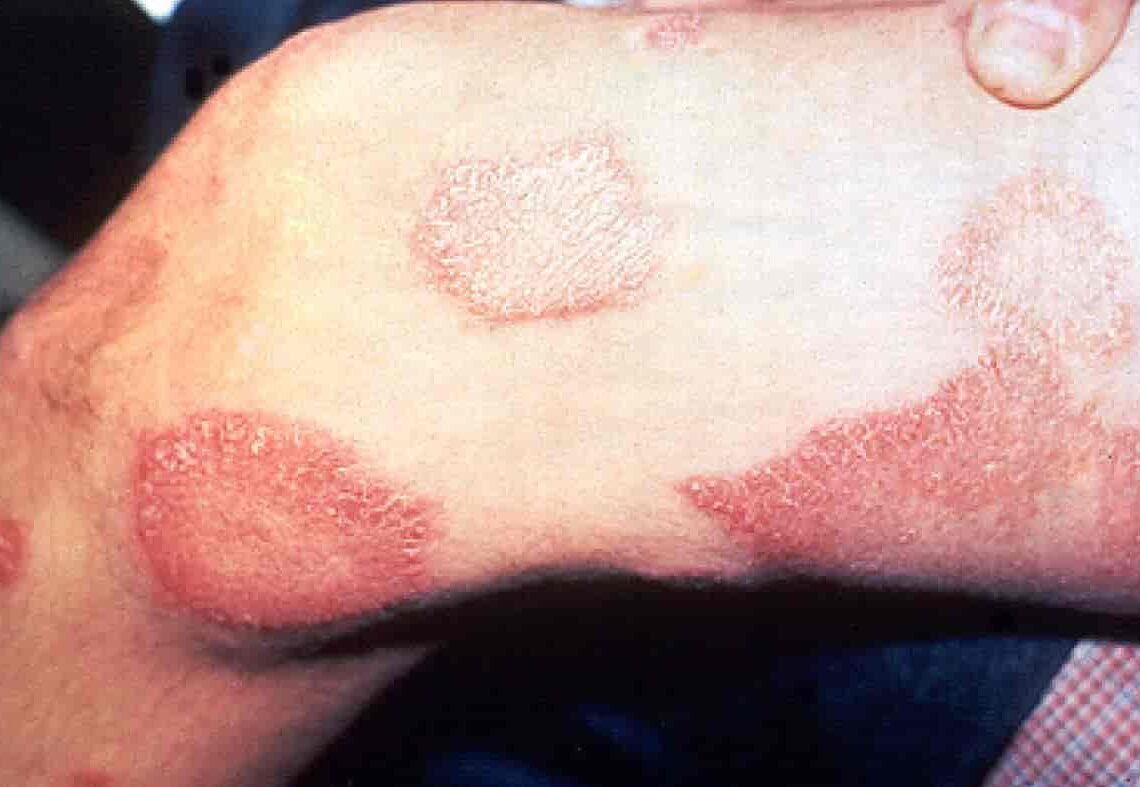Rising leprosy cases in Florida might indicate that the chronic infectious illness is spreading throughout the southeastern United States.
The Centers for Disease Control and Prevention (CDC) stated in its most recent report that the number of reported cases in the South more than quadrupled over the previous ten years, with Florida among the most affected regions. The central part of the Sunshine State currently accounts for 81 percent of the cases reported statewide, and almost of one-fifth nationwide.
In the analyzed six-year period span from 2015 to 2020, roughly 66% of U.S. cases came from immigrants from leprosy-endemic nations. However, the study found that 34% of cases were locally acquired, a worrying amount because there is “no clear evidence” of animal transmission or other “traditionally known risk factors.” The CDC also highlighted the instance of a 54-year-old patient who lives in central Florida and has not traveled domestically or abroad, where no conventional risk factors were involved.
Leprosy, also known as the “biblical disease” as it was formerly considered a divine punishment for sinners, is most commonly spread by prolonged contact and droplets from coughs and sneezes. According to the CDC, it cannot be transferred through innocuous physical contact such as shaking hands or riding the bus next to someone.
Its most common symptoms are skin nodules, muscular weakness or paralysis, nosebleeds, and eye issues that can lead to blindness. The disease is easily cured through a course of antibiotics. If left untreated, however, it can lead to paralysis of the upper and lower limbs and facial and body deformations.












